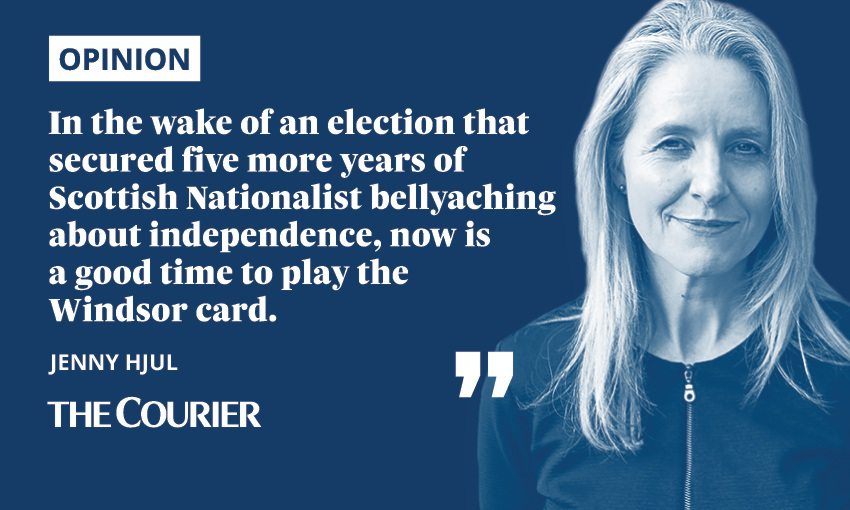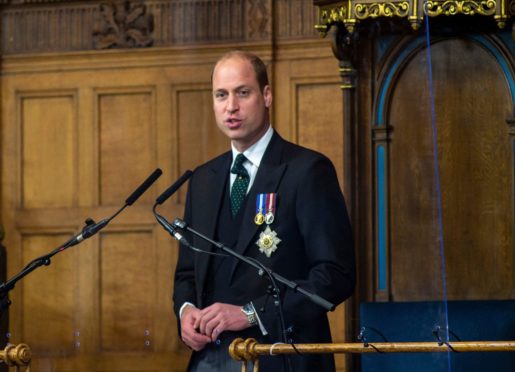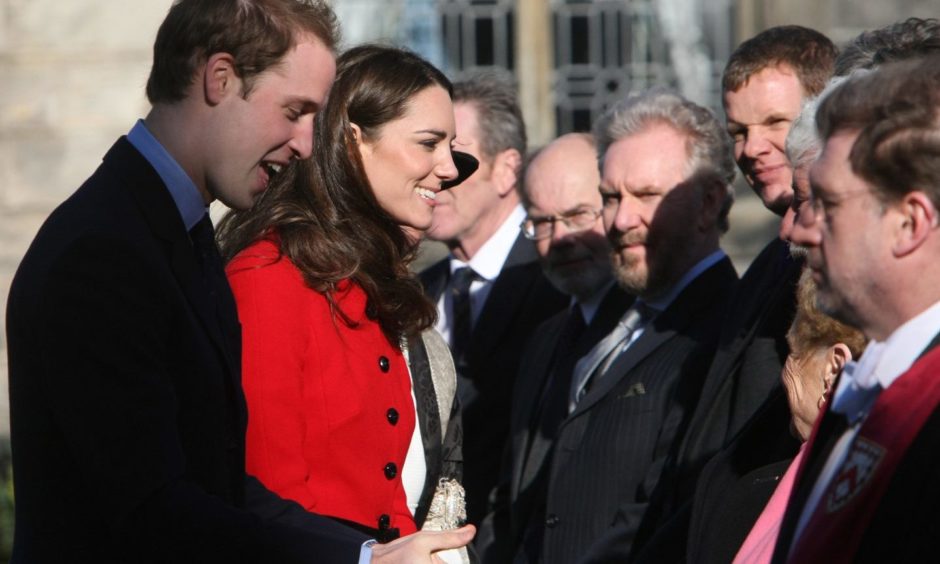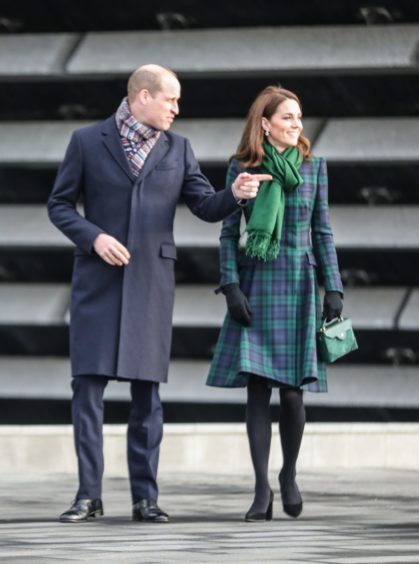Wheeling out William and Kate in Scotland this week was a shrewd idea, whether it was a deliberate ploy to boost the Union, as has been suggested, or not.
The couple are covering a lot of ground, from the Borders to Lanarkshire, from Edinburgh to Orkney, and taking in St Andrews, where they met and fell in love 20 years ago.
The fact that they have such a strong Scottish back story makes them the ideal royals to despatch north when Scots need reminding what binds the United Kingdom together.

The Duke of Cambridge – known as the Earl of Strathearn when he’s in Scotland – spoke to church leaders at the start of the tour about how this country was at the heart of some of his happiest and bleakest memories.
As well as meeting his future wife in Scotland, it was also where, during the traditional Deeside holiday in August 1997, he heard the news of his mother’s death.
His speech, at the opening of the General Assembly of the Church of Scotland in Edinburgh, was touching and showed what a prize ambassador for his family, and for Britain, Prince William can be.
In the wake of an election that secured five more years of Scottish Nationalist bellyaching about independence, now is a good time to play the Windsor card, which still resonates with the majority here.
For all the muttering during the recent swearing in of MSPs about Scots being citizens not subjects, all Scottish parliamentarians in the end pledged their ‘true allegiance to Her Majesty Queen Elizabeth’.
The appetite for a republic never really takes off in Scotland, despite a political undercurrent of anti-monarchism, from the Greens in particular.
William and Kate popular with Scots
The SNP’s official position in the referendum seven years ago was to retain the Queen as head of state in an independent Scotland, and there was no mention of the issue in the party’s election manifesto.
The separatists, logically, should be republicans but they fear scaring the horses; while Scots tend to be slightly less enamoured of the royals than the rest of the UK, consistent polling has found that more people support the monarchy than want to abolish it.
Affection for the Queen runs deepest among Britons but William and Kate have been placed second and third in recent polls.
Their popularity clearly unsettles Nicola Sturgeon, who struggled to conceal her irritation the last time the pair travelled north of the border.
That was in December last year when Covid gave the Nationalists a convenient excuse to object to any royal visit, even a working trip that was within the rules.
The First Minister’s petulance – she said she had made the royal household aware of her cross-border travel ban – was less about the pandemic than the high-profile presence on her turf of so British an institution.
Queen’s intervention was key
She witnessed in 2014 how big a gun the royals could be for the Union when the Queen was believed to have intervened on its behalf.
‘I hope everybody thinks very carefully about the future,’ she said to crowds outside Craithie Kirk, near Balmoral, days before the vote that dashed the separatist dream.
This week, HM was more explicit, speaking of the ‘new bonds’ the past year had forged that ‘will serve us well in the future as the United Kingdom seeks to rebuild and reshape community life’.
Whether William turns out to be as great an asset to Unionism as his granny depends on him. He displays an increasing tendency to say too much
No wonder royalty renders the Nats charmless; the dutiful nonagenarian rarely fails to strike a chord with her few but well-chosen interjections.
Whether Prince William turns out to be as great an asset to Unionism as his granny depends on him. He already seems to have something of his mother’s affinity with people and little of his father’s awkwardness. But he also displays an increasing tendency to say too much.
The desire of the younger generation of senior royals to carve out a more relevant role has not been entirely successful so far, with Harry lost to California.
Panorama comments questionable
Prince William is far more grounded, mercifully, since he is the heir. But if he must speak out, he should also be more guarded.
His comments over Diana’s Panorama interview were widely welcomed because they joined a chorus of righteous disapproval over the BBC.
But in more or less accusing the corporation of hastening his parents’ divorce, his contribution to the debate was as questionable as his brother’s (who seems to hold Martin Bashir responsible for Diana’s death).
The facts – which are easily accessible – confirm that the Wales’ marriage was over three years before the programme aired, with affairs and therefore blame on both sides of that ill-fated match.
Harry can get away with talking nonsense and rewriting history but William’s words carry much more weight.
His influence as a figurehead rests to a large extent on his credibility and common touch. Let’s hope, for the Union’s sake, he doesn’t blow it.


